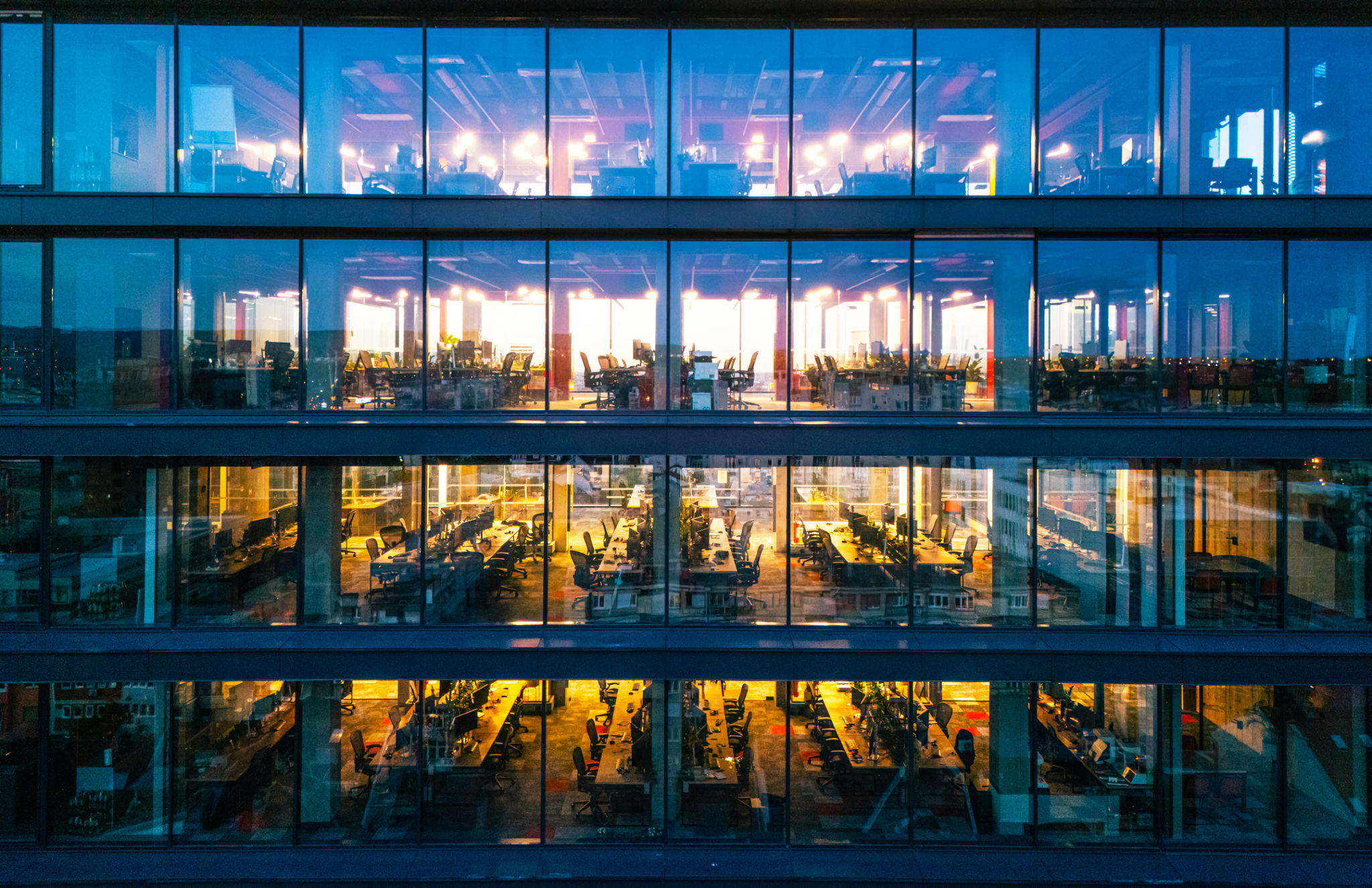Case Study: How Heat Reducing Window Film Transformed a London Office Building
Introduction to Heat Reducing Window Film
In the bustling city of London, where temperatures inside office buildings can become uncomfortably high, finding a solution to reduce heat without compromising aesthetics or energy efficiency is crucial. A revolutionary approach involving heat reducing window film has emerged as a viable solution. This case study explores how one office building in London transformed its environment and energy consumption by installing this innovative product.
Heat reducing window film is a specialized material applied to glass surfaces to minimize solar heat gain. This technology not only enhances comfort but also reduces energy costs and improves sustainability. Let's delve into how it transformed a specific office building in the heart of London.

The Challenge: Rising Temperatures and Energy Costs
The office building faced significant challenges with rising indoor temperatures, particularly during summer months. The increased use of air conditioning systems led to soaring energy bills, negatively impacting the company's bottom line. Furthermore, the excessive heat caused discomfort for employees, affecting productivity and morale.
Traditional solutions such as blinds or curtains were considered but ultimately dismissed due to their impact on natural light and views. The company needed a solution that would allow natural light while significantly reducing heat intake. This led them to explore the benefits of heat reducing window film.

Implementation and Results
After thorough research, the company decided to install heat reducing window film on all windows across their office space. The implementation process was swift and non-disruptive, allowing normal office operations to continue without interruption.
The results were immediate and measurable. The internal temperature of the building dropped by an average of 5 degrees Celsius, significantly reducing the need for air conditioning. This resulted in a 30% decrease in energy costs over the following months. Employees reported a noticeable improvement in comfort levels, leading to enhanced productivity and satisfaction.

Additional Benefits of Window Film
Beyond temperature control and cost savings, the window film offered several other benefits:
- UV Protection: The film blocked up to 99% of harmful UV rays, protecting employees and office furnishings from damage.
- Glare Reduction: It reduced glare on computer screens, enhancing visibility and reducing eye strain for employees.
- Enhanced Privacy: The film provided an additional layer of privacy for sensitive meetings and discussions.
These benefits contributed to a more comfortable and productive work environment, reinforcing the decision to adopt this technology.
Conclusion: A Sustainable Solution
This case study highlights the transformative impact of heat reducing window film on an office building in London. By addressing the twin challenges of excessive heat and high energy costs, the film provided a sustainable and cost-effective solution that improved both employee well-being and operational efficiency.
For businesses facing similar challenges, heat reducing window film offers a promising option. Its ability to enhance comfort, reduce costs, and contribute to sustainability makes it a valuable investment in any urban office setting.

